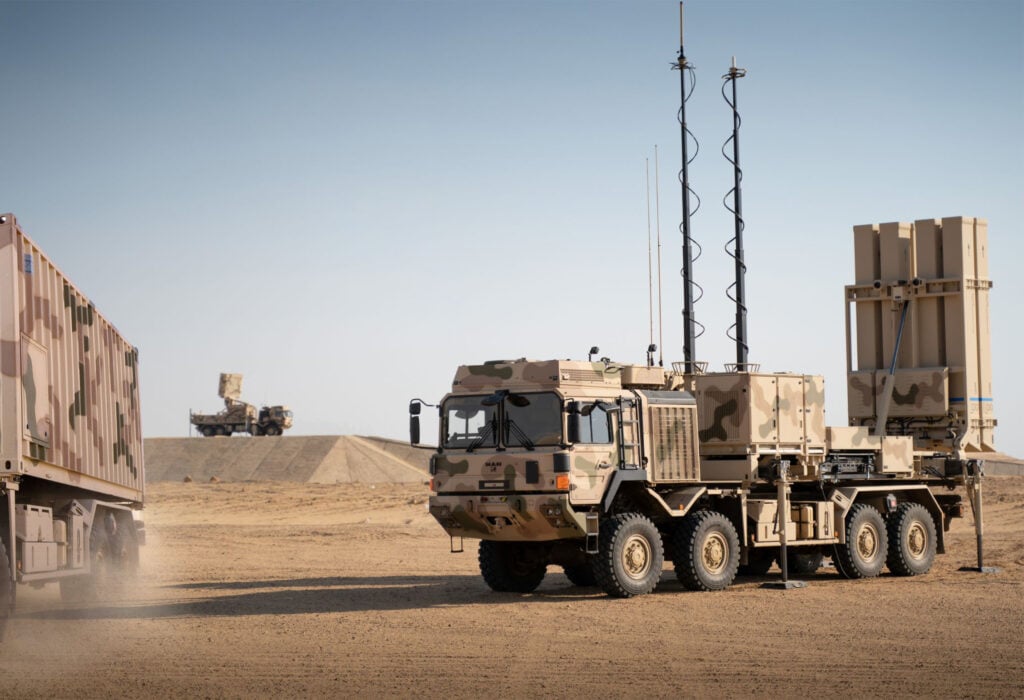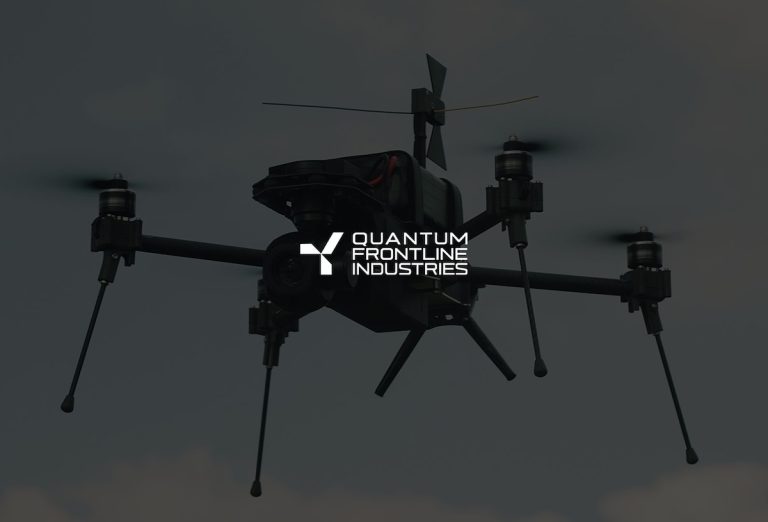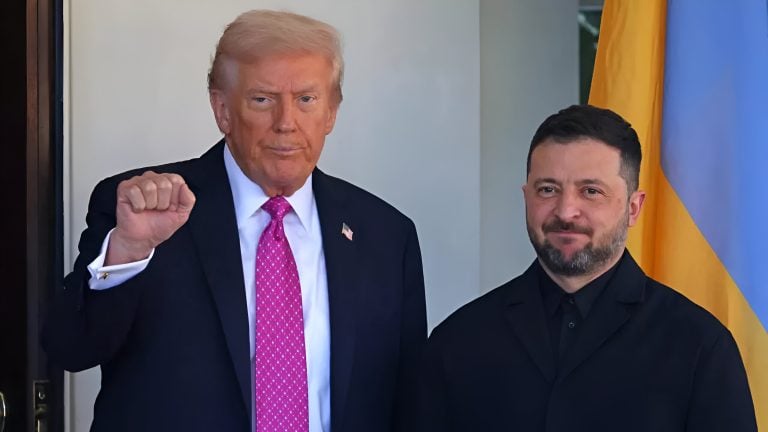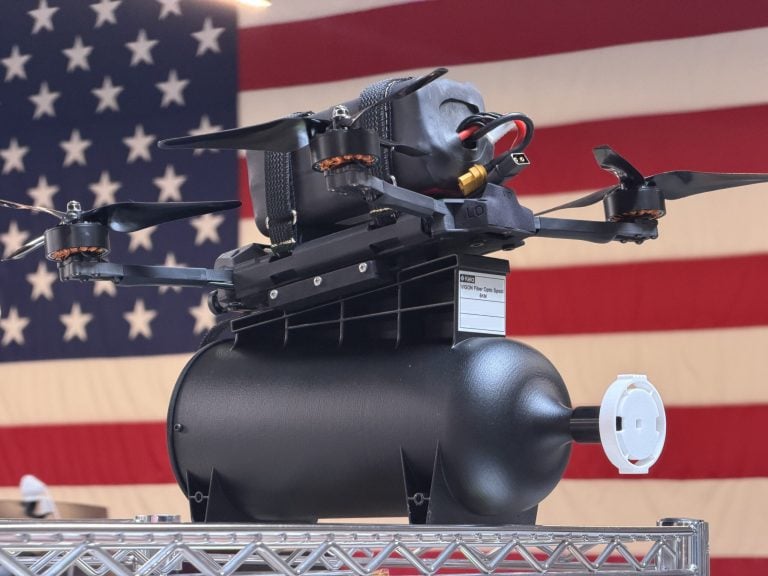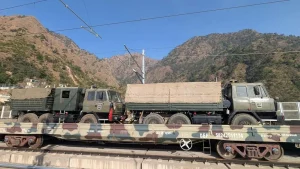Sweden’s government has announced a significant investment in its defense capabilities, deciding to purchase German-made air defense systems valued at nine billion kronor (approximately $930 million). This acquisition signifies a strategic shift for the Nordic nation as it ramps up its defense spending in response to growing security concerns in Europe.
The air defense system in question, the IRIS-T SLM, is produced by Germany’s Diehl and is classified as a medium-range missile system. Prime Minister Ulf Kristersson emphasized the importance of this purchase during a press conference, stating, “This air defence system is the first we are acquiring and perhaps one of the most important capabilities Sweden has acquired since our Patriot purchase in the 1990s.”
Defence Minister Pal Jonsson echoed this sentiment, highlighting the war in Ukraine as a critical turning point that underscored the necessity for a robust air defense system. “It has been an eye opener for the importance of a strong air defense,” he remarked, reinforcing the narrative of urgency behind the investment.
This move is part of a broader trend of rapid military rearmament underway in Sweden, a nation that significantly reduced its defense budget after the Cold War but has since reversed that decision. Following Russia’s annexation of Crimea in 2014, the Swedish government recognized a need for increased military preparedness, which has since intensified due to the full invasion of Ukraine in 2022.
In March, the government unveiled plans to allocate an additional 300 billion kronor to its defense spending over the next decade. This ambitious initiative aims to elevate Sweden’s defense budget to 3.5 percent of its GDP by 2030, up from the current figure of 2.4 percent.
The shift towards enhanced military capability also reflects a significant change in Sweden’s foreign policy. After maintaining two centuries of military non-alignment, the country decided to pursue NATO membership in light of recent hostilities in Europe. It officially became the alliance’s 32nd member in March last year.
The push for greater defense spending comes amidst calls from key NATO allies, including the United States, urging member nations to meet and possibly exceed defense expenditure commitments. President Donald Trump previously advocated for a NATO spending threshold of 5 percent of GDP, while NATO chief Mark Rutte has suggested a target of 3.5 percent on direct military spending by 2032, alongside an additional 1.5 percent for broad security-related expenditures. As Sweden continues to bolster its defense capabilities, it joins a larger conversation about the future of security in Europe and the role of NATO.
